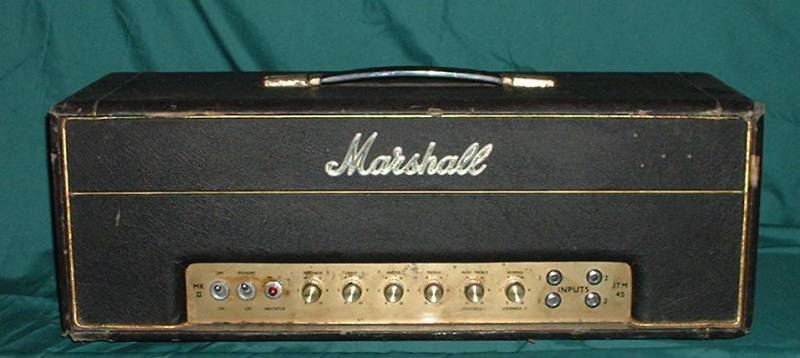> Schematics that have their primary signals flowing from right to left.
The only major deviant I have seen is early Mesa Boogie. I assumed their documentor was a right-left thinker. Or working directly from a prototype chassis. These are not formal drawings, probably done on butcher-paper. The early ones are not "designed", they were put together, played, tweaked, played, repeat until sufficiently smiley, and then copied for friends and markets. (BTW, most older M-B drawings have "errors", either oversights or deliberate copy-protection. Like missing bias resistors.)
Who else does it that way? Leo Fender's stuff was always rational (CBS Fender is sometimes tangled and swastika-ed). Marshall, Kay, HiWatt, Ampeg are "always" signal left-right as far as possible.
> common in tube circuits for the B+ regulation. Why?
> I suppose it's an antique standard. It seems a little common in old stuff to find power flowing right to left and signal left to right.
Well, you want signal left-right. In amplifiers, that usually means from small-signal on left to large-signal on right. And for passive filtering, it is cheapest to run many DC filter stages, and tap amplifier stages along the chain according to cleanliness needs and motorboating risk. So the raw power supply "should" flow from the raw DC for the large-signal stage on the right down to smoothed DC for small-signal stages on left.
When there is a single power-point for the whole contraption, active regulation and PSRR in each amplifier chip, then it makes conventional sense to draw the power supply left-right. But when the power points are A B C D E and applied to the amplifier stages E D C B A, it makes some sense to flow power right-left.
Some of the worst CBS-Fender plans try to draw an over-complex power supply both left-right and right-left.




